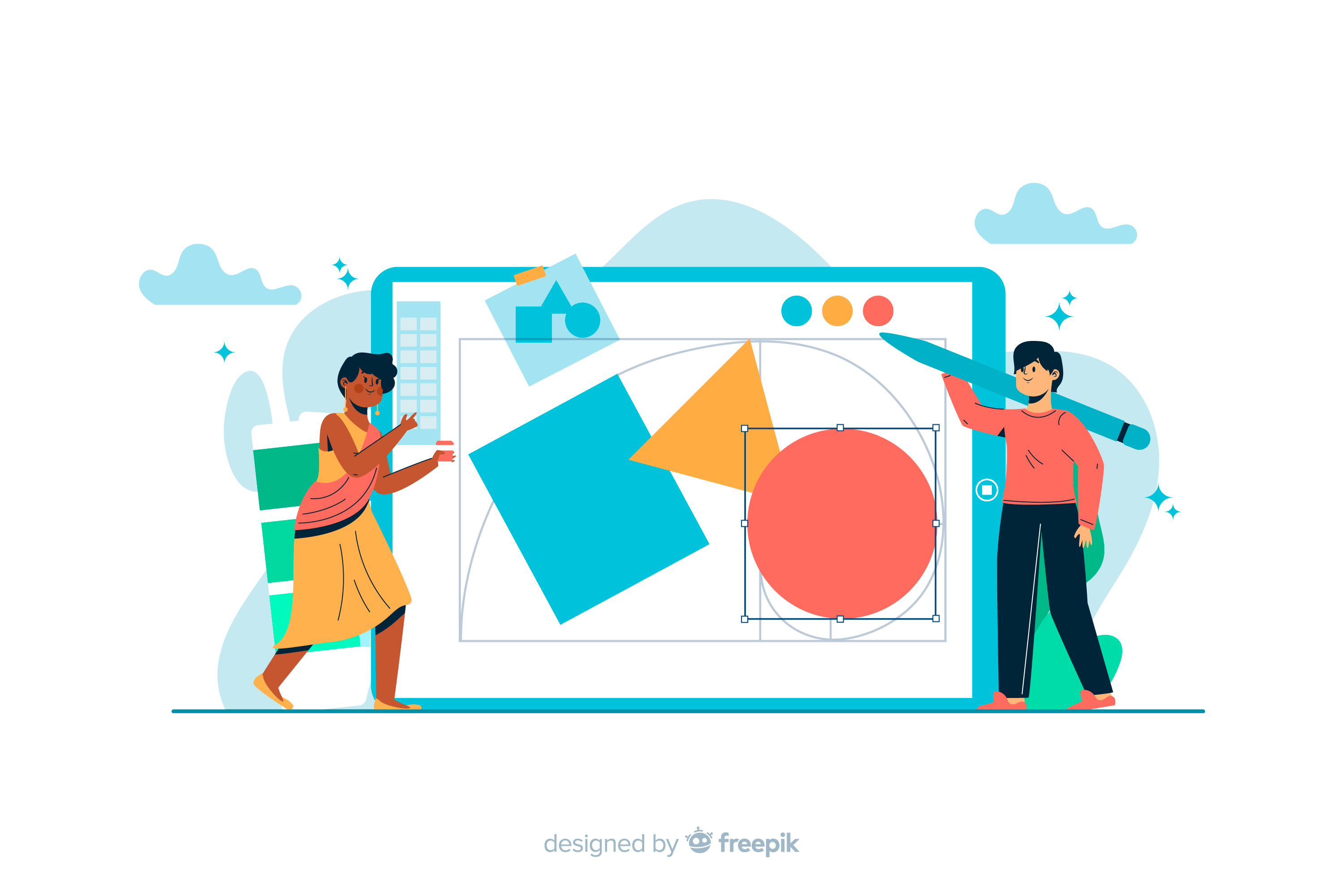In today's digital age, the need to convert and manipulate images is more prevalent than ever. Whether you're a professional designer, a social media manager, or someone who loves sharing engaging content online, choosing the right tool for image conversion is crucial. Two primary options exist: online tools and desktop software. Each has its own strengths and weaknesses, making them suitable for different scenarios and preferences.
Online Tools: Convenience in the Cloud
Online image conversion tools operate through web browsers, eliminating the need for downloads or installations. Here are some key advantages:
- Accessibility: Accessible from any device with an internet connection, making them ideal for users who need to convert images on the go or from multiple locations.
- Ease of Use: Often designed with intuitive interfaces, online tools typically offer straightforward functionalities for basic image conversions like format changes or resizing.
- Collaboration: Facilitates easy sharing and collaboration since files can be uploaded, converted, and shared quickly via email or cloud storage services.
- Updates and Maintenance: Users benefit from automatic updates and maintenance handled by the service provider, ensuring access to the latest features without manual intervention.
- Cost Efficiency: Many online tools offer free basic services with premium options available for more advanced features, making them cost-effective for occasional users.
- Internet Dependency: Requires a stable internet connection, which may not always be available or reliable, impacting usability.
- Privacy Concerns: Uploading images to third-party servers raises privacy and security considerations, especially for sensitive or confidential content.
Desktop Software: Power and Control on Your Device
Desktop software for image conversion is installed locally on your computer. This approach offers distinct advantages:
- Performance and Speed: Processing occurs directly on your device, leveraging its processing power for faster conversions, especially useful for large files or batches.
- Advanced Features: Often includes more advanced editing and conversion options beyond basic resizing or format changes, catering to professional needs.
- Offline Access: Works without internet access, ensuring reliable performance regardless of connectivity.
- Data Control: Images remain on your device, minimizing privacy concerns associated with cloud-based solutions.
- Customization: Users can customize software settings and workflows to suit specific requirements, enhancing productivity and efficiency.
- Cost and Updates: Typically involves upfront costs for purchasing licenses or subscriptions, along with manual updates and maintenance.
- Device Dependency: Limited to the device on which it's installed, restricting flexibility for users who work across multiple devices.
Choosing the Right Tool
The decision between online tools and desktop software depends on your specific needs and preferences:
- For Casual Users: Online tools provide convenience, accessibility, and cost-efficiency for basic image conversions.
- For Professionals: Desktop software offers greater control, advanced features, and reliability, especially for high-volume or specialized image processing tasks.
Ultimately, whether you opt for the flexibility of online tools or the power of desktop software, understanding their strengths and limitations will help you make an informed choice based on your unique needs. By leveraging the right tools, you can streamline your image conversion processes and enhance your digital content creation experience.
